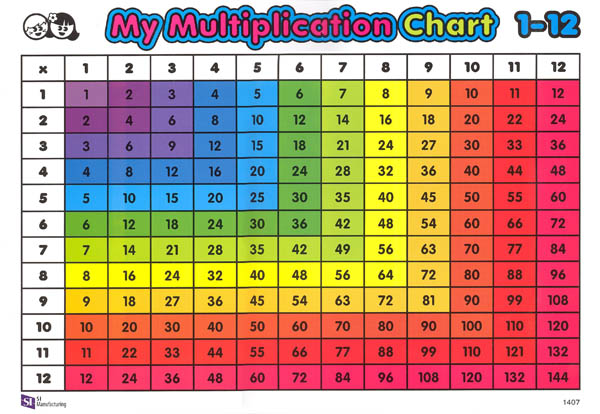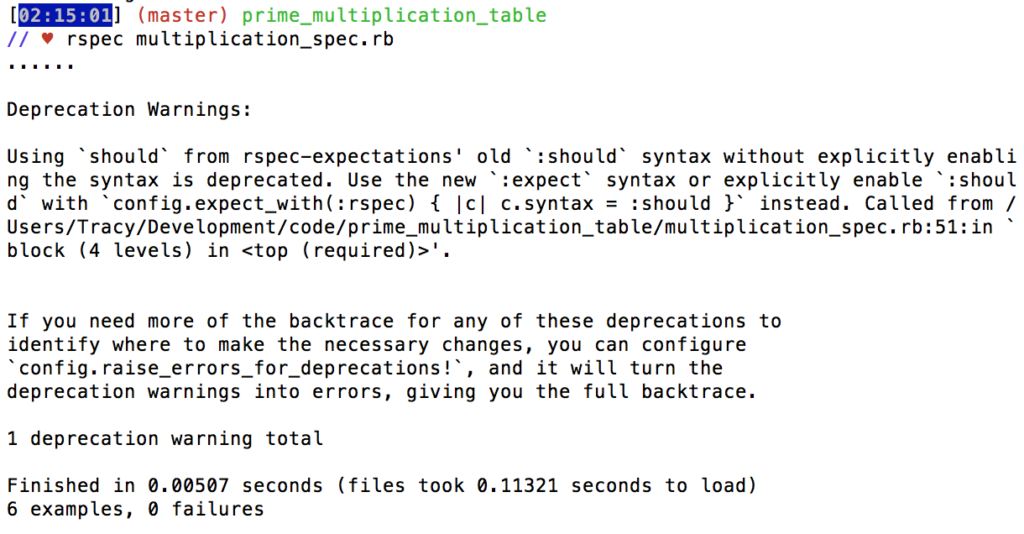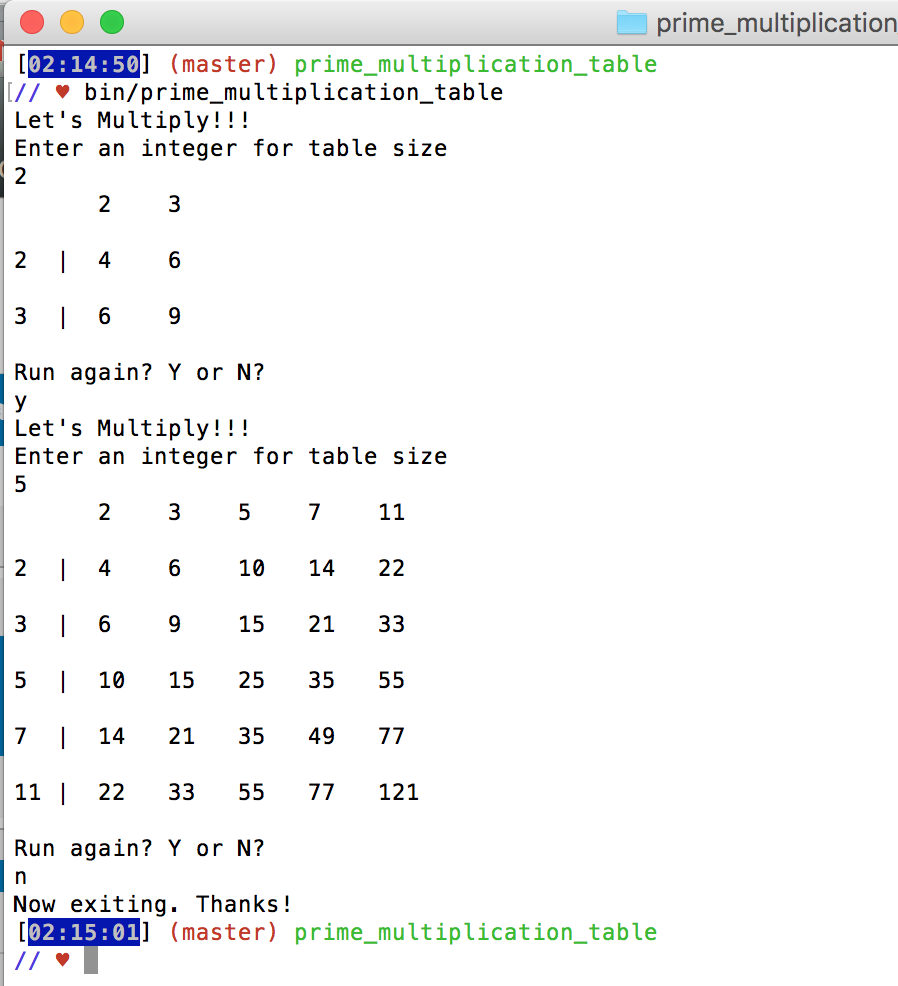I’m pretty frugal, so it caused me a great deal of psychic distress paying for my coding bootcamp, and following that, technical interviewing course. Despite my satisfaction with the curriculum, teachers, community and outcome, the entire time I kept saying to myself “I could be learning this FOR FREE. I could have just bought a thousand Chalupa Supremes from Taco Bell!”. I’m not sure why that was my metric, but it definitely stuck in my head.
Well… as I’ve gotten older, I’ve learned that sometimes you just gotta shut up and pony up the cash. You’re paying extra for quality, accept it and move on. For everything else, there’s probably a cheaper way in. You just have to look for discounts.
SUBSCRIPTION SITES
Okay, why do you need memberships to learn-to-code subscription sites? I know that you can teach yourself how to code for free. It’s all online. But the right content can make all the difference in your understanding, and sometimes the good stuff is behind a paywall! Here are some discounts I’ve seen over the past few months:
- TreeHouse – I love TreeHouse. They’re incredibly beginner friendly and cover a variety of topics, from web development and UX design to how to write a business plan. Normally they are $25/month for the basic plan, but I lucked into a free membership via TheMuse.com. After that ended, I found out that the San Francisco Public Library offers free accounts. Get a free TreeHouse account here: http://sfpl.org/?pg=2000883301
- Lynda.com – Lynda.com is the OG learning site. Their basic subscription plan runs $19.99/month, but sign in to Lynda for free with your SF Public Library account!
- ThoughtBot’s Upcase community/ tutorials / videos – $29 monthly subscription, but I think it’s worth it for the more advanced material (Ruby/JS focused). Use this link for a free month: https://upcase.com/coupons/appliedtothoughtbot (Yes I applied to ThoughtBot)
- CodeSchool – Fun themed tutorials, they can often be kind of buggy though. It’s $24/month for a subscription, but there’s a student discount ($19/month) available here: https://www.codeschool.com/students or here: https://www.codeschool.com/enrollment/new/ce3de5ca66 . All of their “Try…X” courses are free, so try them and see how you like the format.
- PluralSight – Owners of CodeSchool! Normally $29/month, but they’ve partnered up with the White House’s TechHire initiative to offer some of their most popular tech courses free. You have to apply for this, but it’s simple and fast. Thanks, Obama! <—– As of 2018, the free courses offer is moot. Oh well.
CONFERENCES
Conferences are a great learning opportunity, but with ticket fees, airfare, food and lodging it gets pricey real fast. The financial hurdle can be a lot to justify when you’re the one covering the costs. You could just watch the conference’s livestream, but really it’s not the same at all. Luckily there’s quite a few ways to weasel your way into conferences.
- Follow the conference’s Twitter account for discount codes. They may even post ticket giveaway contests here.
- Do you subscribe to web dev mailing lists? You can get reduced tickets there as well. I got my $19 ForwardJS ticket the day before the event thanks to Girl Develop It’s mailing list. Something like a 90% discount! The Women Who Code mailing list offers regular ticket giveaways so often they have an evergreen Google form they use for processing applications.
- You can also try to win a scholarship, lots of conferences seem to be offering them now. However you will probably have to write more than a few essays explaining your situation -> why you are broke as a joke. It can feel very vulnerable putting that information out into the void, and then being rejected.
- I applied for RubyConf’s scholarship, and didn’t make the cut, however they offered free passes for volunteers. So I decided to volunteer. ~10 – 15 hours of work for a $400 3 day conference pass sounded like a good idea to me.


